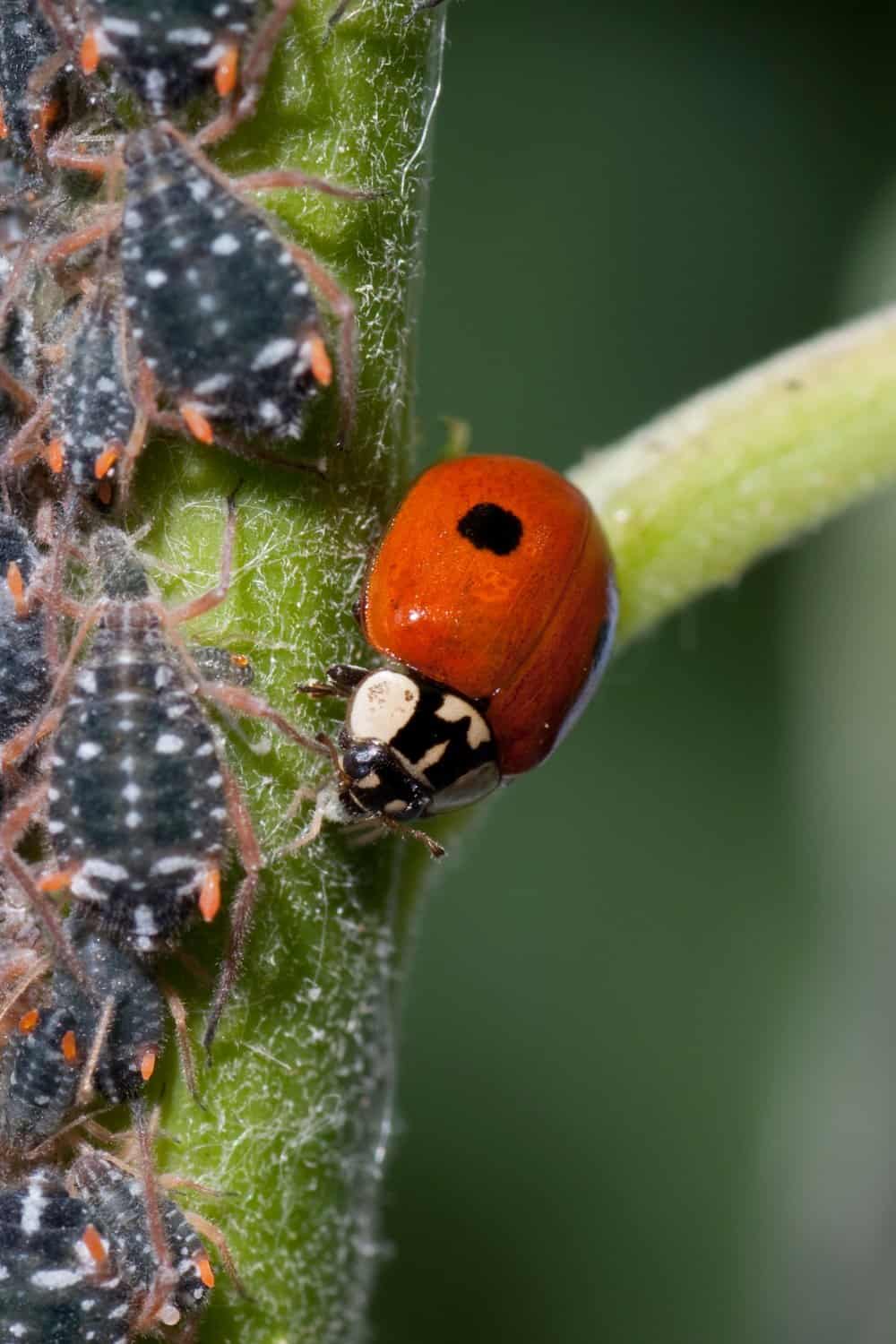
Broccoli is a favorite to grow in most gardens. It is a favorite vegetable of many people, but it can be challenging to grow because of one little culprit; the cabbage moth. The green larvae caterpillar gets on your brassicas or broccoli, creating havoc everywhere. In this post, I will tell you how to avoid Cabbage Moths better without spraying but instead using Companion Planting methods to deter them from your plants.
What is Companion Planting?
First, we must understand what Companion Planting is before we even begin to use it.
Companion planting is the method of pairing plants that benefit one another together in a method called interplanting. The idea has existed for over 12,000 years and can also be called permaculture. It more or less uses notes from nature to plant vegetables, herbs, and flowers together to create a full ecosystem that deters and invites various bugs and pollinators in to balance things out. In contrast, Mono-culture is the opposite system, where you grow all the same things together and on their own. This method lends to a higher chance of pests and disease. Using a method like companion planting, though it isn’t perfect, can be extremely beneficial in creating a more balanced ecosystem and lowering the pressure of pests, weeds, and more to have a better chance of growing plants with ease and less intervention.
If you want to dive deeper into companion planting, you can learn more in our Companion Planting Course and our Beginner Gardener Courses, which are both available with a Membership to our Community.

Benefits of Using Companion Plants with Broccoli
Some of the benefits of companion planting with your broccoli are exciting to most gardeners, particularly if you have grown them before and had issues at all.
- Helps lower the chances of disease:
Polyculture ensures that a variety of plants co-exist, wherein a monoculture can create a perfect environment to spread disease or invite pests. - Help Deter Pests Naturally:
By using companion plants, we can use plants to attract bugs away from potentially susceptible plants. We can also deter pests to never even come near specific plants as well. This involves not spraying or using chemicals “organic” or not. Most of the time, this works or works enough to keep the damage low where the plant is not harmed and still produces without any issues. - Creates a pollinator-friendly and beautiful garden:
The visual benefits are nearly enough to make anyone want to companion plant. Bringing all these plants together creates a beautiful ecosystem in your garden where just 1 or 2 plants in a garden bed or group don’t offer as much chance for various colors and textures in a bed. Companion planting creates a natural world to benefit our visual eye and the pollinator’s interest. - You can plant more in a smaller area:
Since companion planting involves mixing many plants, you can disregard some plant spacing rules on seed packets. You still have to consider the size of the plant will be in maturity, but you can plant more plants in a bed. Meaning if a seed packet says you can plant 2 tomatoes within 24-28 inches of each other, it isn’t just referencing size but also nutrient draw on the soil. So take the size but not the spacing into consideration. Since you can plant more intensely, it naturally increases your yields. - Lower Weed Pressure:
When you interplant, there is less space and sunlight for weeds to gain any ground, so your weed pressure lowers, and your plants thrive more easily. - Deter disease:
When all the same plants are planted together, it just asks for disease issues. Mixing different plants can keep the disease from spreading since some plants cannot take on the disease from others.

Best Companion Plants For Broccoli
Here are the best companion plants for to choose from:
The most powerful to deter the cabbage moth:
- Onions
- Thyme
- Dill
- Oregano
- Lavender
- Garlic
- Chives
- Marigolds
Other helpful companions to bring in pollinators and will be helpful to growing successful broccoli:
- Hyssop
- Chamomile
- Celery
- Peppermint (contained in a pot)
- Sage
- Basil
- Rosemary
- Potatoes
- Beets
- Radishes
- Carrot
- Cucumber
- Nasturtium
- Spinach
- Swiss Chard

Worst Companion Plants For Broccoli
As important as it is to understand the best plants to plant with your broccoli, it is also important to understand the worst ones too:
Do not plant these with your broccoli or rotate them one after the other:
- Tomatoes
- Eggplant
- Lima Beans
- Peppers
- Squash
- Pole Beans
- Snap Beans
- Strawberries
Crops that are heavy feeders similar to broccoli and will draw too much off the soil and hinder growth:
- Watermelon or any melons
- Pumpkins
- Sweet Corn
- Fennel
- Asparagus

Understanding companion plants for Broccoli is so important. You will find that intermixing these plants in and around your broccoli will make for a happy garden bed and ecosystem that may surprise you and just be absolutely beautiful to look at.
Other Related Companion Planting Information:



